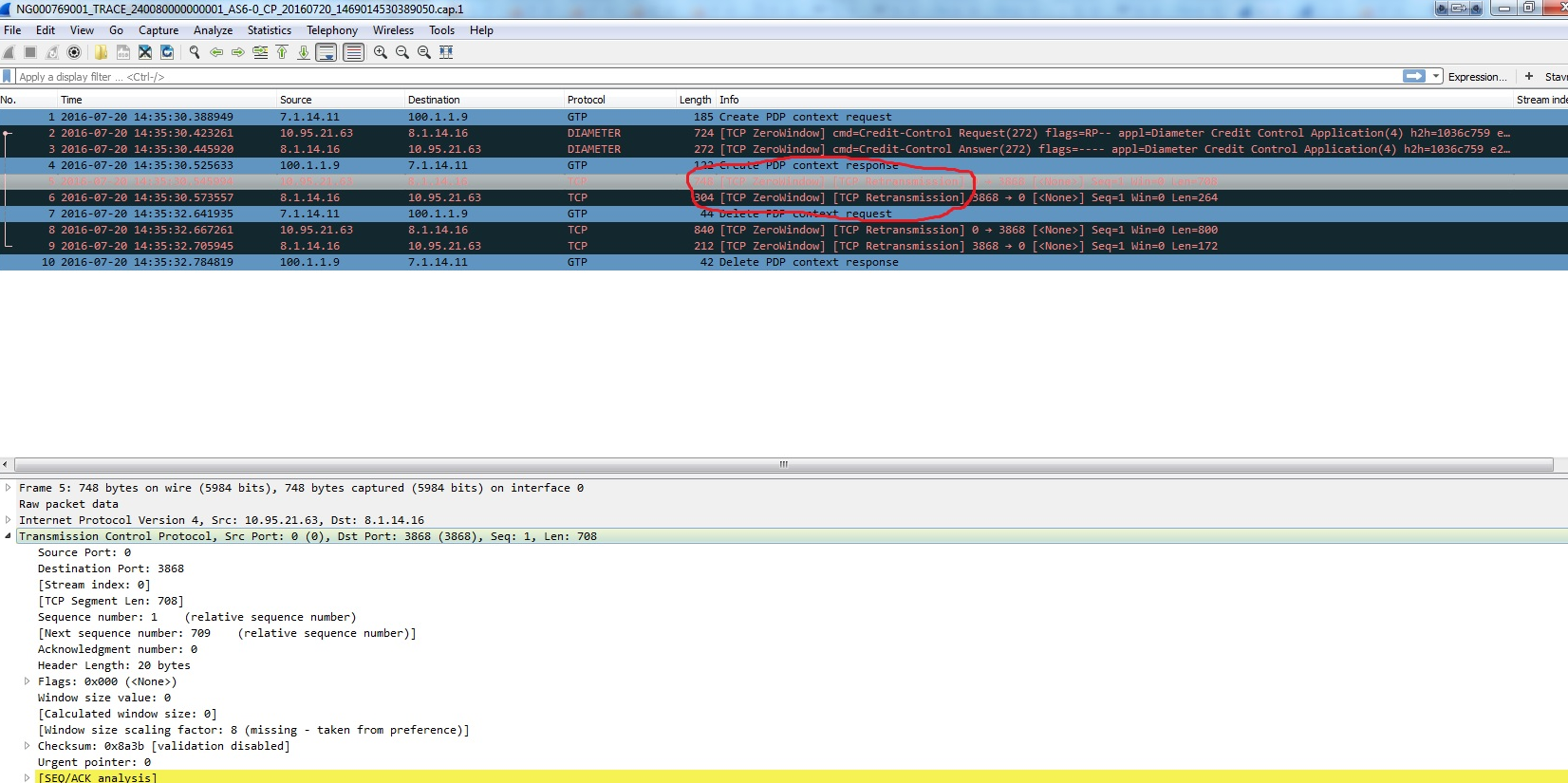

However receiver does not acknowledge the retransmitted packet, rather does cumulative acknowledgement. It is saying that the server IP is performing a TCP Retransmission to the client. I did a sniff and attached is the traffic. If sender receives the duplicate acks, sender immediately sends the lost packet based on acknowledgement number and doesn't send any application data in the send buffer until the lost packet is sent. 3900 0 2 TCP Retransmission on Wireshark Go to solution Ken Lee Beginner Options 03-20-2017 12:17 AM - edited 03-08-2019 09:49 AM Hi Currently my users are having some issues on slowness when connecting to the server.

This approach is sending cumulative acknowledgements instead of sending ack to every segment.

However if no packet loss was found, ack is delayed hoping that to acknowledge the back to back segments and reduce the number of acks in network. If the sender receivers duplicate packets greater than 3 then it will retransmit the packet.ĭuplicate packets are send immediately by receiver if out of order segments are arrived. Keep in mind that your 3 dup acks need to travel half the RTT to the sender, and then the retransmission needs to come back to you. Hence tcp implemented duplicate acks and the sole purpose of it is to intimate the sender before timeout occurs. 1) Usually, the reason why you see is tons of DUP acks before the fast retransmission comes in is that youre close to the destination of the lost packet, which means the distance is very short. In this video we will look at the difference between a standard retransmission and a spurious retransmission, and why Wireshark labels them differently. Retransmission of the same packet is ,time consuming due to increased timeout and the sender need to wait for longer time thus causing delay. However timeout increases exponentially assuming packet is lost every time it sends. Generally, if tcp timer expires, it is assumed that the packet is lost and tcp retransmits the same packet.īut it need to wait, until the timer expires.Īs a part of congestion control techniques, TCP behaves very politely during the times of congestion by increasing the timer interval by 2 times, so that the packet would be retransmitted slowing, thus not contributing to congestion. TCP now uses duplicate acks as well as timeout to retransmit a packet if lost.ĭuplicate acks are used as a part of fast retransmission and packet recovery. Since I'm no Linux expert, I'm stuck here.RDT protocol was the basis for the implementation of TCP protocol.RDT protocol use to retransmit the packet only when timer expires. I'm not a Linux (or networking expert) but I'm thinking this might be a case for setting up a proper route on the Linux boxes so ALLLLLLLLLLLL traffic between these boxes must absolutely stay on the 10Gbps NICs. I see that error repeated non-stop during the time a file copy is going on. Reassembly error, protocol TCP: New fragment overlaps old data (retransmission?) I used Wireshark on one of the boxes and saw this: I've tested the IO subsytem on both servers and the SSDs inside them can read/write at about 550MB/s. When I copy a 15, 30, 50 gig file between the two servers, I'll get about 450-500MB/s one way but copying the same file back in the other direction, speeds will start off around 350-400MB/s but quickly fall back to 150+MB/s. I edited the 'hosts' file on each server and entered the host name and 10Gbps IP address for the other box. Both servers also have a 1Gbps NIC that was active the entire time. 5 meter DAC attaching both servers directly. Tried Mellanox 10Gbps cards (Mellanox DAC) and Intel 10Gbps NICs (Intel branded DAC), no switch. I have two servers, both running Linux Mint 19.3. Don't have enough points to post a picture so here's what's happening.


 0 kommentar(er)
0 kommentar(er)
